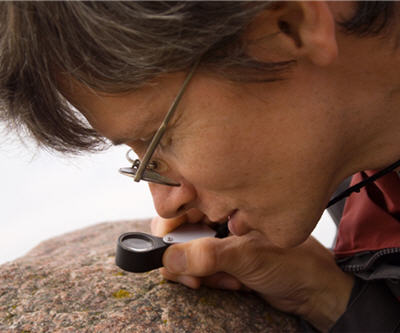
VANCOUVER, BC– November 11, 2015 – Barkerville Gold Mines Ltd. (TSXV: BGM) (the “Company” or “BGM”) is pleased to announce additional results from the ongoing Phase I drilling program on Barkerville Mountain at the Company’s flagship Cariboo Gold Project (CGP).
Drilling Highlights:
Discussion of Results:
As per the Company’s press release dated October 20, 2015, the current grid drilling program on the BCV is designed to systematically assess on aggressively spread out 50 metre hole spacings the BC structure with the aim of outlining the most economically viable portions of the known 1,400 metre vein strike length. Of particular interest are the numerous intersections of auriferous hangingwall veins (HWV), in the rocks overlying the BCV. BGM-15-064 intersected 27.93 g/t (0.81 oz/t) Au over 3.90 metres including 118.00 g/t (3.44 oz/t) Au over 0.80 metres at a vertical depth of 12 metres below surface and 75 metres above the BCV and BGM-15-050 intersected 10.54 g/t (0.31 oz/t) Au over 3.00 metres including 13.00 g/t (0.38 oz/t) Au over 1.50 metres at a vertical depth of 115 metres below surface. These high grade intersections are largely untested down dip and along strike and represent a second set of veining orthogonal to the BCV possibly analogous to the orientations that were historically mined at both Cow and Island Mountains.
“Although the primary focus of this current drilling phase is to outline the gold resources of the BCV, I am particularly encouraged by the quantity and also the gold tenor of the hangingwall veins that we are encountering in this first pass of drilling.” says Tom Obradovich, President and CEO of BGM.
Qualified Persons
Exploration activities at the Cariboo Gold Project are jointly administered on site by the Company’s Project Managers Maggie Layman, P.Geo. and Wanda Carter, P.Geo. As per National Instrument 43- 101 Standards of Disclosure for Mineral Projects, Paul Geddes, P.Geo. Vice President Exploration, is the Qualified Person for the Company and has prepared, validated and approved the technical content of this news release. The Company strictly adheres to CIM Best Practices Guidelines in conducting, documenting, and reporting its exploration activities on the Cariboo Gold Project.
Quality Assurance – Quality Control
Once received from the drill and processed, all drill core samples are sawn in half, labelled and bagged. The remaining drill core is subsequently stored on site at the Company’s secure facility in Wells, BC. Numbered security tags are applied to lab shipments for chain of custody requirements. The Company inserts quality control (QC) samples at regular intervals in the sample stream, including blanks and reference materials with all sample shipments to monitor laboratory performance. The QAQC program was designed and approved by Lynda Bloom, P.Geo. of Analytical Solutions Ltd., and is overseen by Paul Geddes, P.Geo, Vice President, Exploration. Drill core samples are submitted to SGS Canada’s analytical facility in Burnaby, B.C. for preparation and analysis. The SGS facility is accredited to the ISO/IEC 17025 standard for gold assays and all analytical methods include quality control materials at set frequencies with established data acceptance criteria. The entire sample is crushed and 1,000 grams is pulverized. Analysis for gold is by 50g fire assay fusion with atomic absorption (AAS) finish with a lower limit of 5ppb and upper limit of 10,000ppb. Samples with gold assays greater than 10,000ppb are re-analyzed using 50g fire assay with gravimetric finish, as well as 1,000g screen metallic fire assay. Samples are also analyzed using a 49 multi-elemental geochemical package by a 4-acid digestion, followed by Inductively Coupled Plasma Atomic Emission Spectroscopy (ICP-AES) and Inductively Coupled Plasma Mass Spectroscopy (ICP-MS).
Comments
Art Easian
Where is the plan view? How a bout a section?